Sony Xperia 1 IV vs Sony Xperia 1 III: enthusiast-friendly outliers battle it out

The Sony Xperia 1 IV is out now in the UK and Europe, and will be coming soon to the US. It’s another expensive but lavishly equipped flagship phone aimed at photography, cinema and music enthusiasts.
But how does it compare to its immediate predecessor, the Sony Xperia 1 III? From what we can tell at this early stage, they look the same, cost a similar amount of money, and perform most of the same tasks as well as one another, too.
So is the Xperia 1 IV a worthwhile upgrade? Here’s how the two phones stack up.
Sony Xperia 1 IV vs Sony Xperia 1 III price and availability
The Sony Xperia 1 IV arrived in UK and European shops on June 16, and won’t be available in the US until September 1. Americans will receive a model with 512GB of storage, which will cost $1,599, while the UK and Europe will get a 256GB model for £1,299/€1,399. Neither phone is available in Australia.
The Sony Xperia 1 III landed in US and UK shops on August 19 at a price of $1,299.99/£1,199 for the sole 256GB model that was available in those territories. Officially, it continues to retail for that amount over on the Sony website, but you may find it cheaper if you shop around.
These are two expensive phones, then, but the older Xperia 1 III is the cheaper of the two.
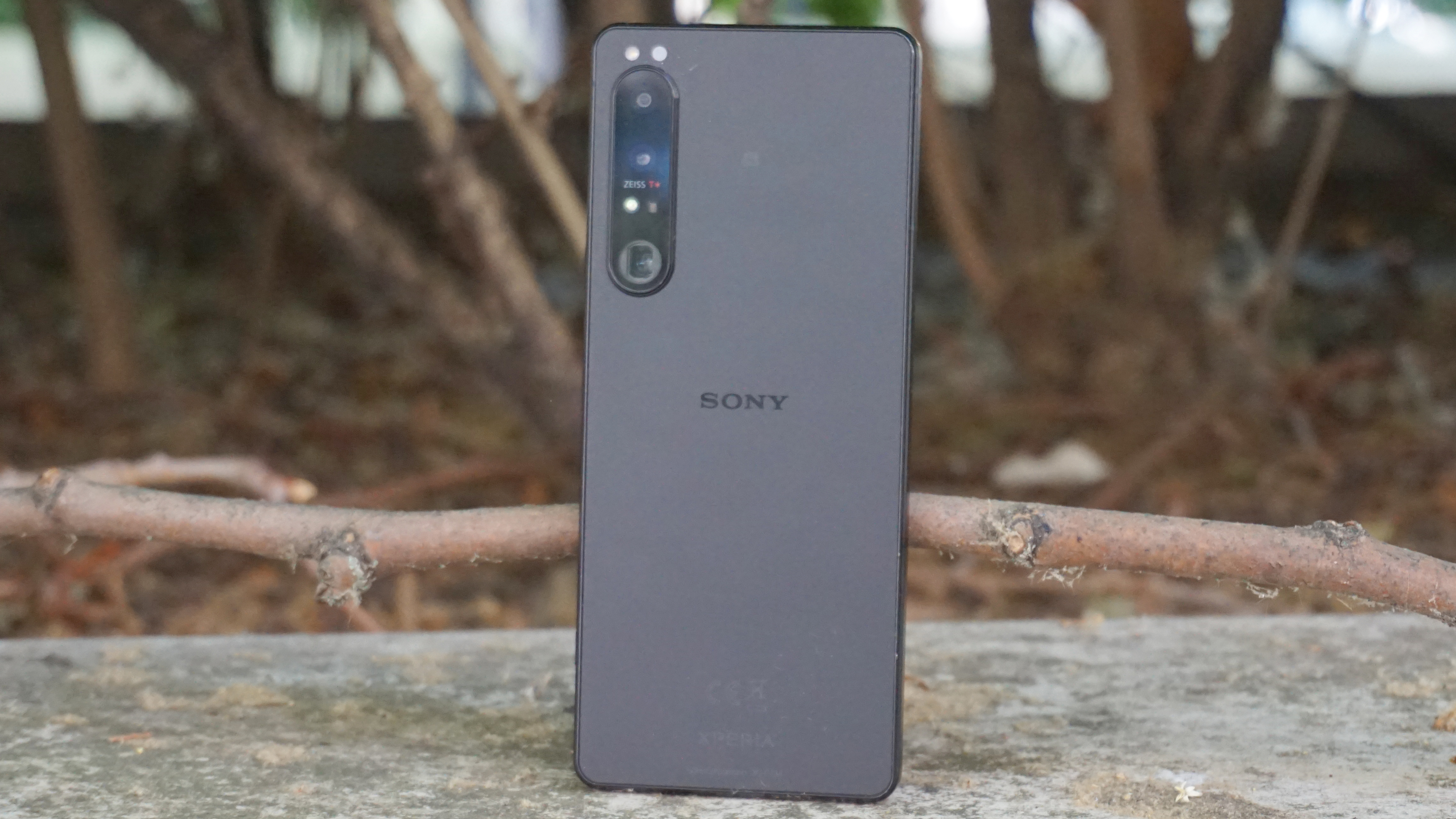
Sony Xperia 1 IV vs Sony Xperia 1 III design
Sony hasn’t changed things up at all from a design perspective. The Sony Xperia 1 IV looks extremely similar to the Sony Xperia 1 III that came before it, which was in turn much like the Xperia 1 II.
Sign up for breaking news, reviews, opinion, top tech deals, and more.
Viewed outside of the Sony stable, though, and both phones still look fresh. The choice of completely flat, symmetrical surfaces is starting to creep back into fashion courtesy of Apple, but Sony has been rocking that look for years.
The long, thin 21:9 aspect ratio goes against the grain, with extended forehead and chin bezels only accentuating the gaunt look of both devices.
Those bezels enable the selfie cameras to be housed away from the displays, while also playing host to front-firing stereo speakers – both of which support the devices’ cinephile credentials. Note, however, that the Xperia 1 IV’s speakers have been redesigned for more bass output.
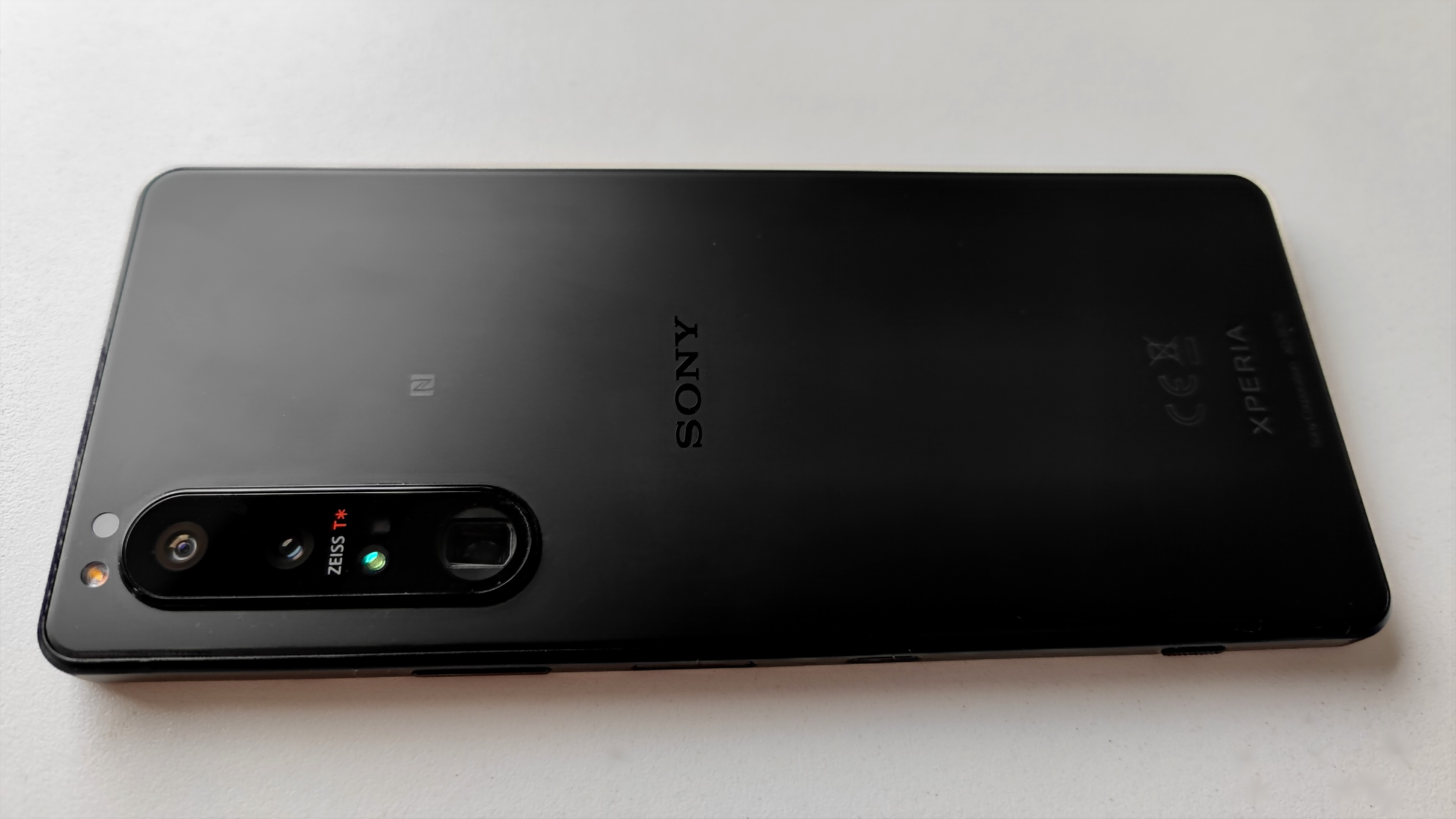
In terms of dimensions, both the Sony Xperia 1 IV and the Xperia 1 III measure 165 x 71 x 8.2mm, and the newer phone weighs just a single gram more at 185g. They’re both quite compact as modern flagship phones go.
The rear of both phones have that muted, professional matte look, while those vertical lozenge-shaped camera modules aren’t particularly showy or distinct from one another. An IP65/IP68 rating in each case goes above and beyond any other flagship phone on the market, too.
Both Sony phones are notable for their signature physical camera shutter buttons, as well as for their high quality 3.5mm headphone jacks. Photographers and audiophiles take note.
One slight difference is that the Xperia I IV omits the dedicated Google Assistant button that came with the Xperia 1 III. That always felt superfluous, however, so it’s arguably an improvement.
What we’re trying to say here is that it’s a dead heat on the design front. Both phones look and feel very like one another, but not much like any non-Sony rival.
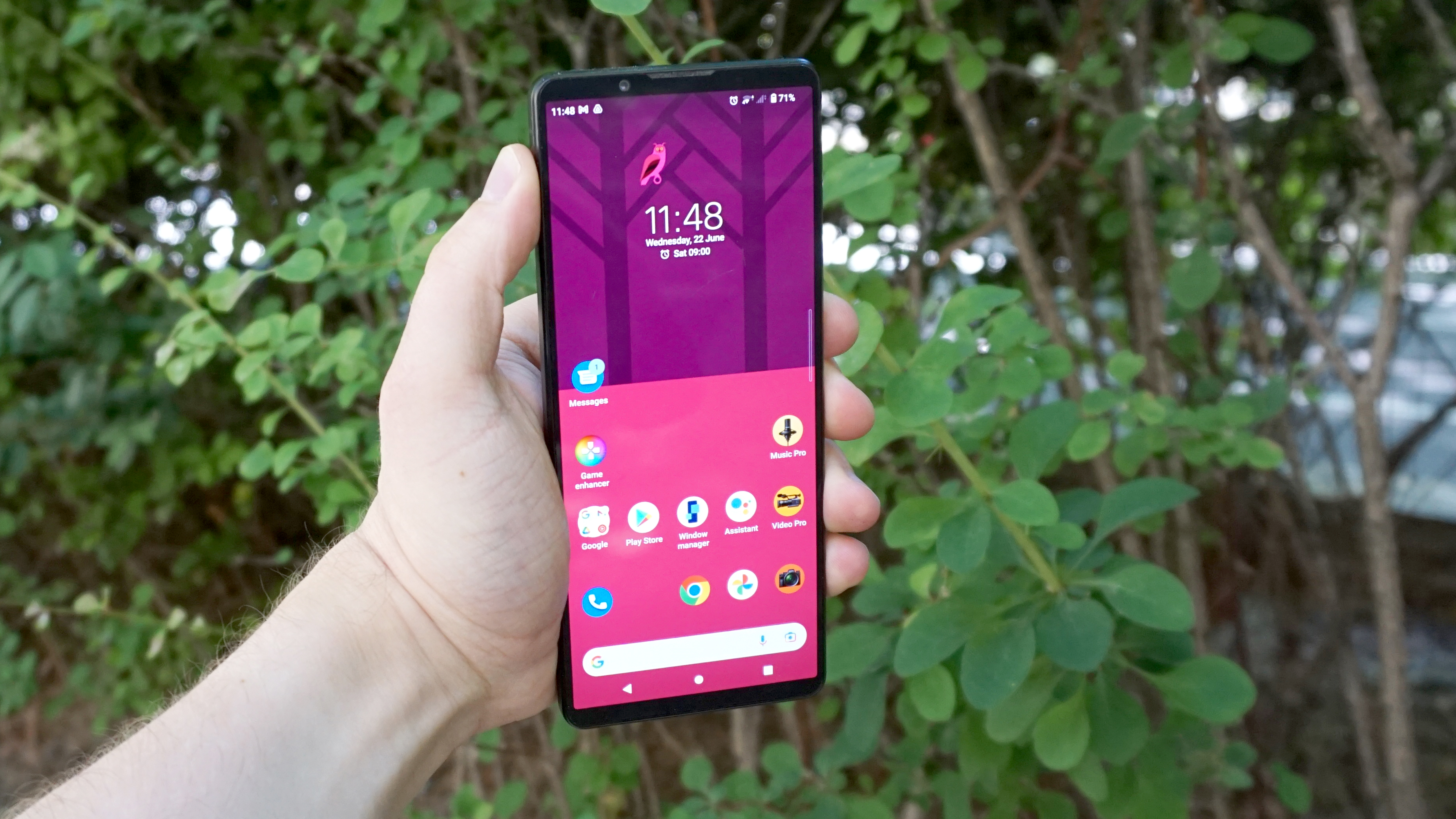
Sony Xperia 1 IV vs Sony Xperia 1 III display
Both the Xperia 1 IV and the Xperia 1 III come with 6.5-inch AMOLED displays featuring an unusually tall 21:9 aspect ratio. They also pack the same native 3840 x 1644 or 4K resolution, which marks them out from their 2K rivals.
Throw in the shared lack of a selfie notch, and those front-firing stereo speakers, and both of these phones are well in contention as the best option for movie fans. Find a 4K film to stream or download, and you’ll be in cinematic heaven.
Both phones share a 120Hz refresh rate, too. The biggest improvement delivered by the Xperia 1 IV over the Xperia 1 III appears to be peak brightness, which has been boosted by 50% to make it more usable in bright outdoor conditions.
Another atypical decision from Sony was to position the fingerprint sensor under the power button along the right-hand edge of both phones, rather than beneath the display.
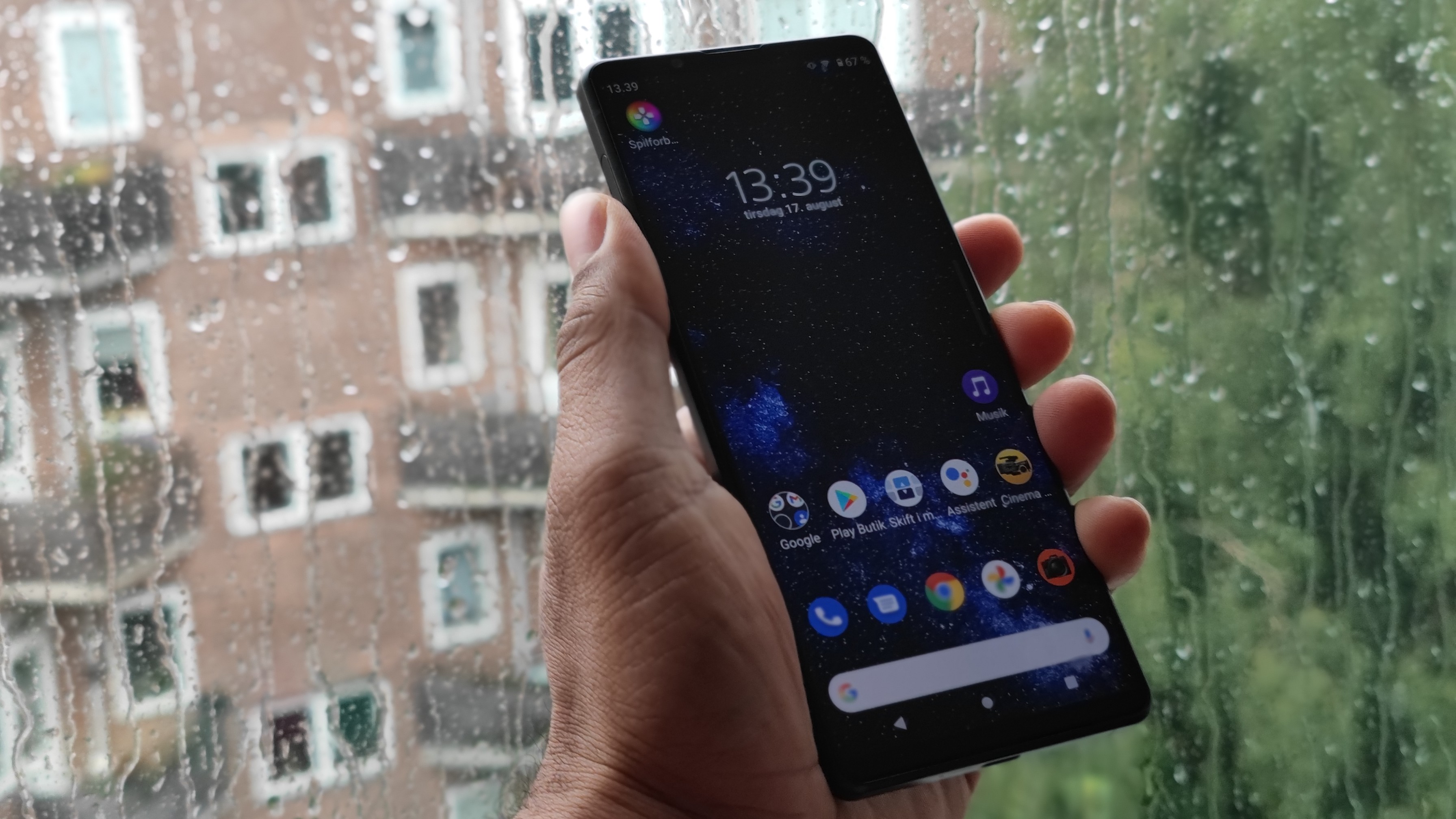
Sony Xperia 1 IV vs Sony Xperia 1 III camera
Sony is one of the biggest players in the standalone camera market, and it’s brought an increasing amount of that know-how over to its smartphone business.
In both the Xperia 1 IV and the Xperia 1 III that translates to one of the fastest and most sophisticated autofocus systems available, which can lock onto and track subjects like few other phones can.
In this regard, the Xperia 1 IV goes one better by offering all support for real-time object tracking on all three cameras. The Xperia 1 III only offered it on the main camera.
Both phones share a camera app that provides a similar pro-style manual shooting experience to the company’s Alpha cameras. For those who prefer their photography to be a hands-on process, it’s ideal.
Sony’s triple 12-megapixel camera setup favors fast performance and light-hoovering large pixels over extensive image manipulation techniques such as pixel binning. It’s another classic photography-friendly touch.
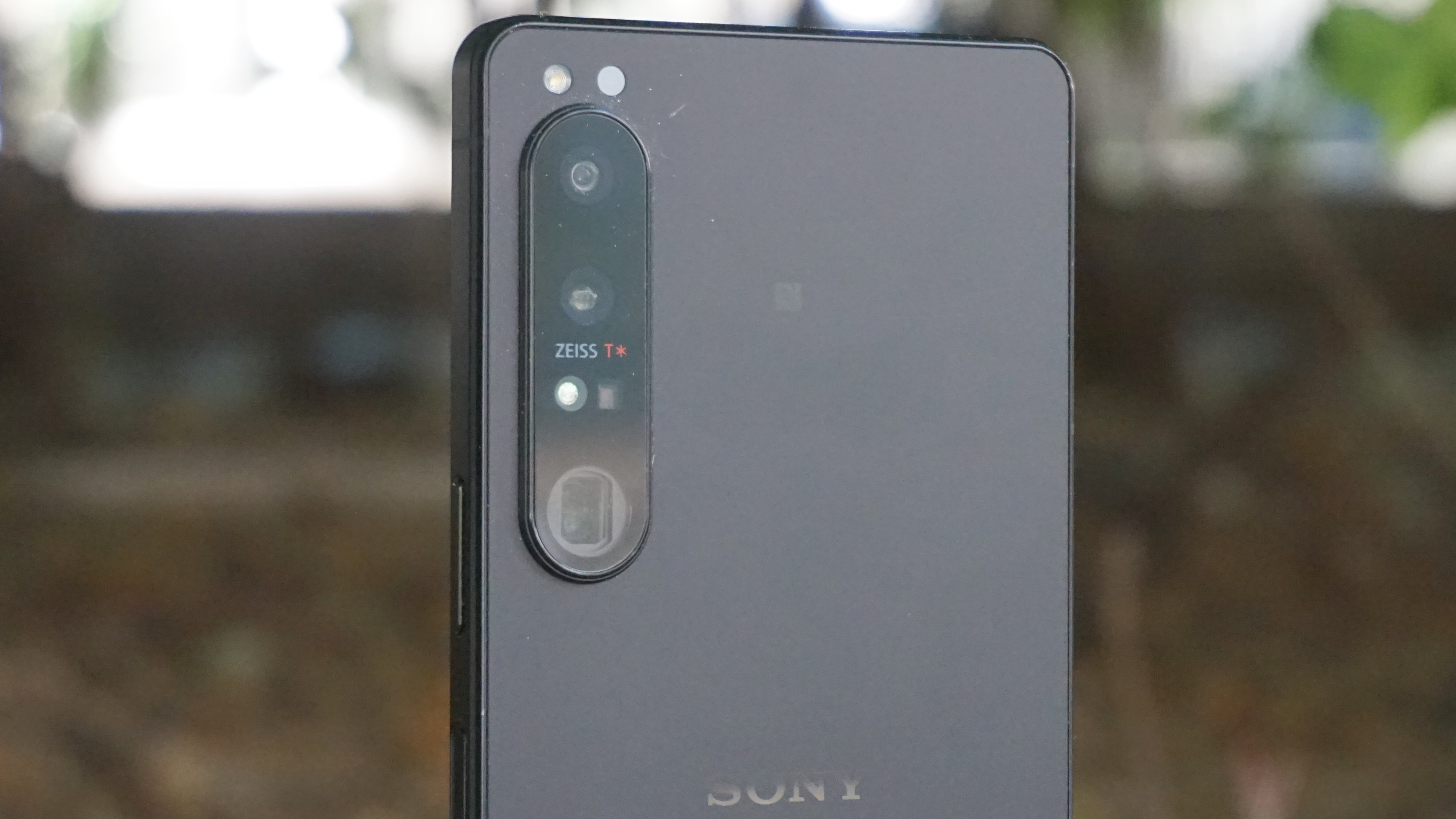
Both phones essentially share the same wide and ultra-wide hardware setup, with one or two minor variations. However, the Xperia 1 IV does get an improved 12-megapixel selfie camera compared to the Xperia 1 III’s 8-megapixel equivalent.
But the most exciting addition to the Xperia 1 IV is a new continuous zoom system that moves smoothly between 70mm and 125mm, which equates to a fluid 3.5x to 5.2x zoom range. No other phone can boast the same thing.
Not even the Xperia 1 III, as it happens. What it does have is a single 12-megapixel sensor and an innovative dual-lens system, which can switch between 3X and 4.4X optical zoom. This is actually a larger sensor than the Xperia 1 IV’s (1/2.9in for the III, 1/3.5in for the IV), but it doesn’t have the same zooming reach, and it doesn’t offer any physical transit between those two points.
Sony Xperia 1 IV vs Sony Xperia 1 III performance and specs
The Sony Xperia 1 IV runs on Qualcomm’s Snapdragon 8 Gen 1. While our review is forthcoming, we have plenty of experience with the Snapdragon 8 Gen 1 chip already. It’s the fastest Android chip on the market, so we’re not remotely concerned about the Xperia 1 IV’s performance potential.
Last year’s Sony Xperia 1 III, meanwhile, runs on the preceding Snapdragon 888 SoC. Its performance is lesser in every way, albeit not by as much as you might expect.
Benchmark tests with other smartphone lines that have made the same CPU progression point to marginal gains, while in our hands-on experience it’s difficult, if not impossible, to determine the difference.
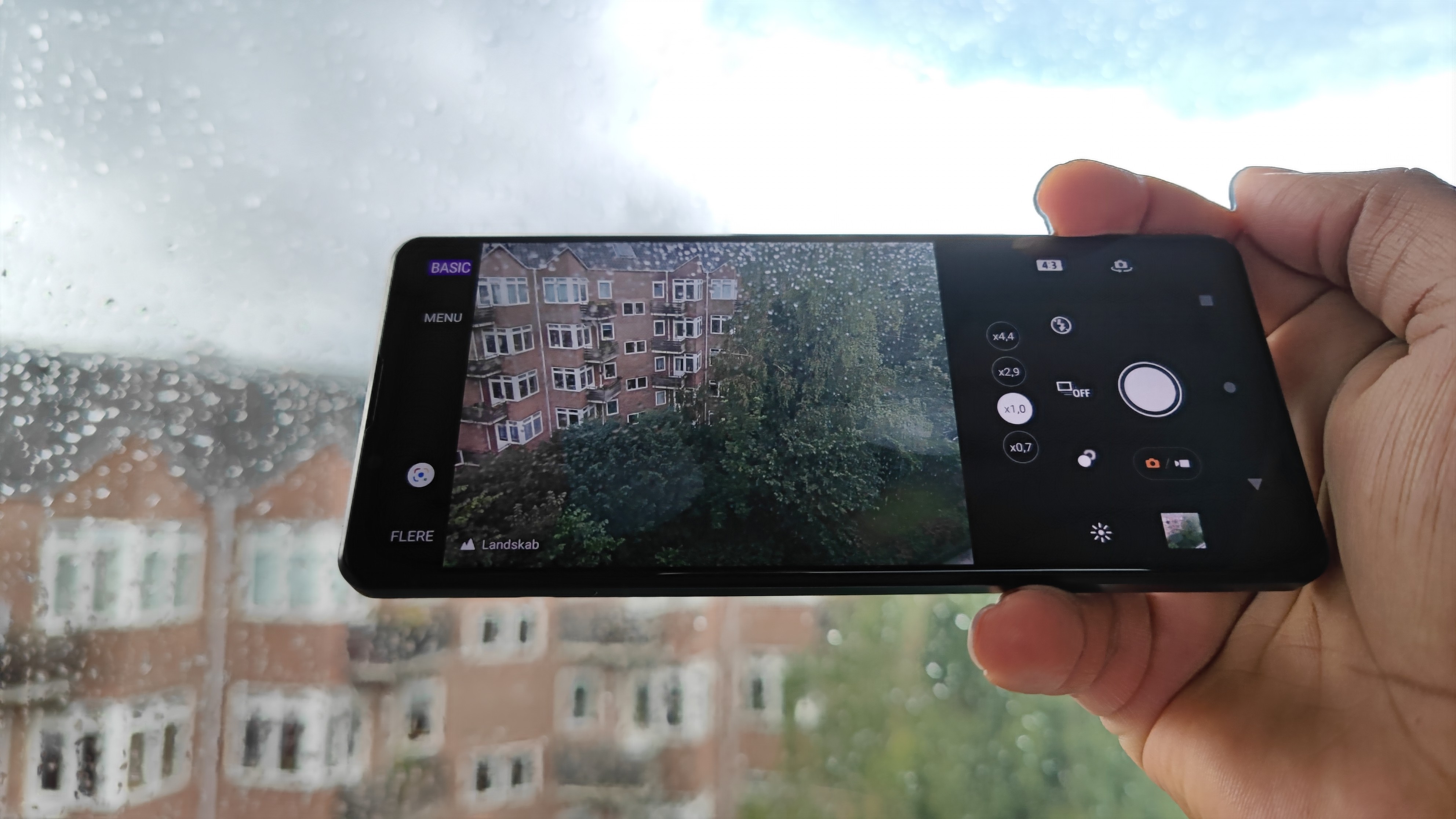
The Xperia 1 III was very fast. The Xperia 1 IV will also be very fast. Both even come with 12GB of RAM, so there’s no difference there either.
Sony’s UI is fairly stock, with straightforward menus and icons that don’t mess too much with the Android 12 baseline. Sony does provide a fair few custom apps for covering its imaging, cineaste, and audio specialities, but they all have a purpose.
Sony has promised that the Xperia 1 IV will receive two Android upgrades and three years of security patches, and simply by virtue of its age will remain fresher for a year longer than the Xperia 1 III.
Sony Xperia 1 IV vs Sony Xperia 1 III battery
Sony has ramped up its battery capacity to 5000mAh battery. That’s a big improvement over the Xperia 1 III with its relatively puny 4500mAh cell.

That aforementioned predecessor tended to leave us with around 10% or so at the end of a long day, so we’re hopeful that the Xperia 1 IV can outdo it – although, of course, it does have that brighter display.
One element that continues to disappoint with Sony’s phones is their charging provision. Support for 30W just isn’t all that great when rivals are laying on 80W and 120W charging; but that’s precisely as far as both the Xperia 1 III and the Xperia 1 IV extend.
Neither phone comes with a charger in the box, either. We applaud that on environmental grounds, but it would have been nice to have the choice for those who need such a charger – especially for this sort of money.
Both phones support 15W wireless charging, which isn’t anything to write home about. Rivals can go much faster, but generally only if you buy a pricey bespoke wireless charger.
Takeaway
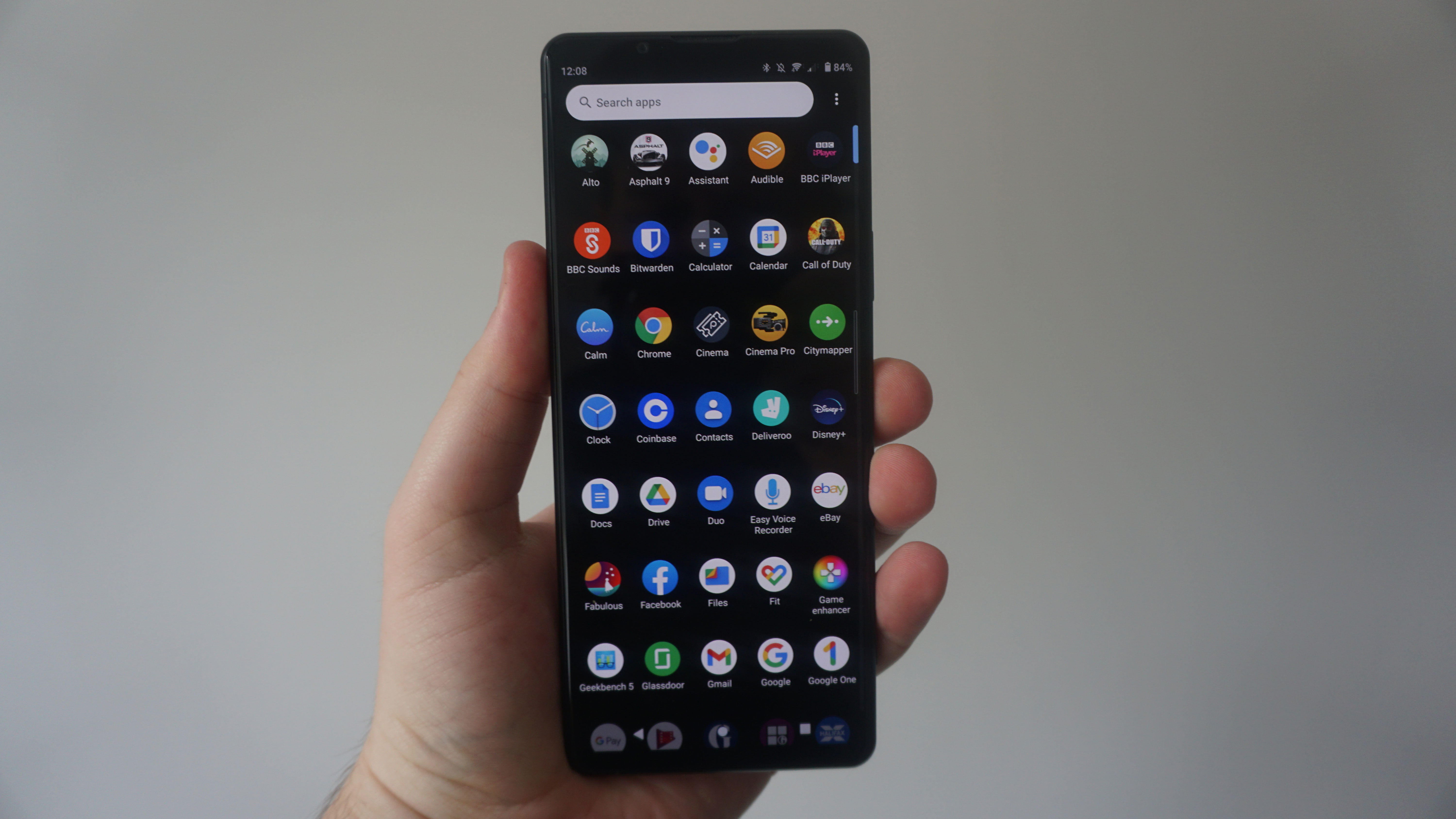
Sony hasn’t issued a bold reinvention with the Xperia I IV, but it arguably didn’t need to. It might look, handle, and perform much like the Xperia 1 III, but both phones stand out in a somewhat samey Android flagship crowd.
Both have super-sharp displays, aggressively blocky (but also quite slender) designs, clean UIs, and camera systems that prioritize fine control over automated tricks.
For all that, the Xperia 1 IV is clearly the better phone. Its processor is faster, its display brighter, its battery larger, and its telephoto camera is way more flexible.
Of course, with the inevitable deals on the Xperia 1 III offering potential discounts of hundreds of pounds, those differences might not seem all that worthwhile.

Jon is a freelance journalist who has been covering tech since the dawn of the smartphone era. Besides TechRadar, his words and pictures have appeared in The Telegraph, ShortList, Tech Advisor, Trusted Reviews, Expert Reviews, and more. He largely covers consumer technology, with a particular focus on smartphones and tablets. However, he's also been known to dabble in the worlds of entertainment and video games.